Orto-Tokoy. The Spontaneous Dump of the Village of Semiz-Bel
75°53’53.988″E 42°18’08.519″N
According to local residents, there is a dump near the Semiz-Bel and Kochkor villages close to the reservoir. The amount of garbage at the dump increases every day, and during windy weather, trash gets blown into the reservoir. The distance between the reservoir and the dump is 500 meters. Among the garbage, there are carcasses of animals.
“When the number of children with diarrhea began to rise in the village of Orto-Tokoy, a study was conducted. It was concluded that the cause was the dump. Among the garbage, there are carcasses and skins of animals. The residents of Orto-Tokoy use water from the reservoir. This area belongs to the Semiz-Bel rural administration. Thus, 1 hectare of land has been allocated as a dump on a lease basis. 300 meters from the reservoir is considered a sanitary zone. Instead of cleaning the area around the reservoir, it has been turned into a large dump.
According to experts, the illegal dump is a serious source of environmental pollution. Deep within the garbage pile, decomposition processes occur, involving anaerobic bacteria. As a result of this process, toxic biological gas is released, one component of which is methane.
Deep soil contamination occurs, foul air is carried by the wind over long distances, and if groundwater is located beneath the dump, it becomes almost poisoned with toxins. Thus, the nearest water bodies are toxic and dangerous for humans. The soil remains unsuitable for use for several hundred years after the dump is closed.
The size of illegal dumps is increasing at a catastrophic rate. They consume fertile lands, lead to the destruction of local flora and fauna, expand towards the nearest settlements, and poison people. The irrational, outdated, and immoral policies of local authorities and officials regarding waste collection and disposal have resulted in the creation of more than 100 dumps within the biosphere territory. None of them meet modern requirements for the organization of such facilities. Dozens of hectares of beautiful and invaluable land have been allocated for dumps.
According to local residents, there is a dump near the Semiz-Bel and Kochkor villages close to the reservoir. The amount of garbage at the dump increases every day, and during windy weather, trash gets blown into the reservoir. The distance between the reservoir and the dump is 500 meters. Among the garbage, there are carcasses of animals.
“When the number of children with diarrhea began to rise in the village of Orto-Tokoy, a study was conducted. It was concluded that the cause was the dump. Among the garbage, there are carcasses and skins of animals. The residents of Orto-Tokoy use water from the reservoir. This area belongs to the Semiz-Bel rural administration. Thus, 1 hectare of land has been allocated as a dump on a lease basis. 300 meters from the reservoir is considered a sanitary zone. Instead of cleaning the area around the reservoir, it has been turned into a large dump.
According to experts, the illegal dump is a serious source of environmental pollution. Deep within the garbage pile, decomposition processes occur, involving anaerobic bacteria. As a result of this process, toxic biological gas is released, one component of which is methane.
Deep soil contamination occurs, foul air is carried by the wind over long distances, and if groundwater is located beneath the dump, it becomes almost poisoned with toxins. Thus, the nearest water bodies are toxic and dangerous for humans. The soil remains unsuitable for use for several hundred years after the dump is closed.
The size of illegal dumps is increasing at a catastrophic rate. They consume fertile lands, lead to the destruction of local flora and fauna, expand towards the nearest settlements, and poison people. The irrational, outdated, and immoral policies of local authorities and officials regarding waste collection and disposal have resulted in the creation of more than 100 dumps within the biosphere territory. None of them meet modern requirements for the organization of such facilities. Dozens of hectares of beautiful and invaluable land have been allocated for dumps.


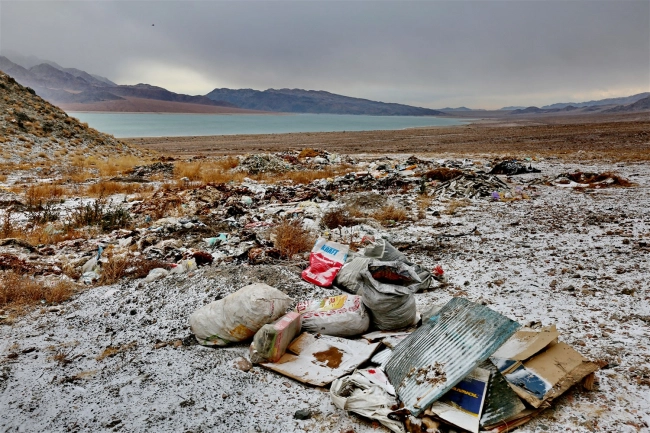
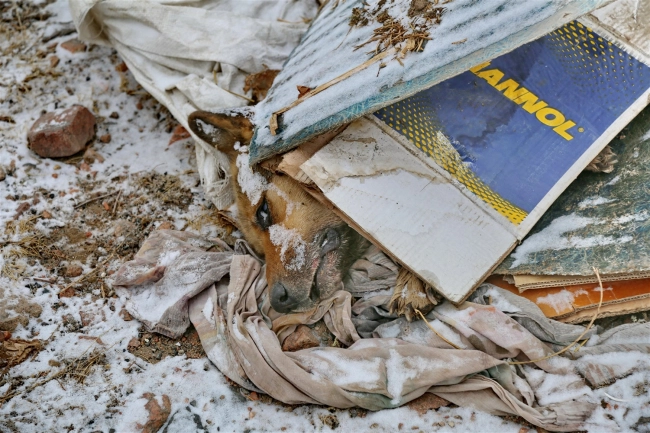


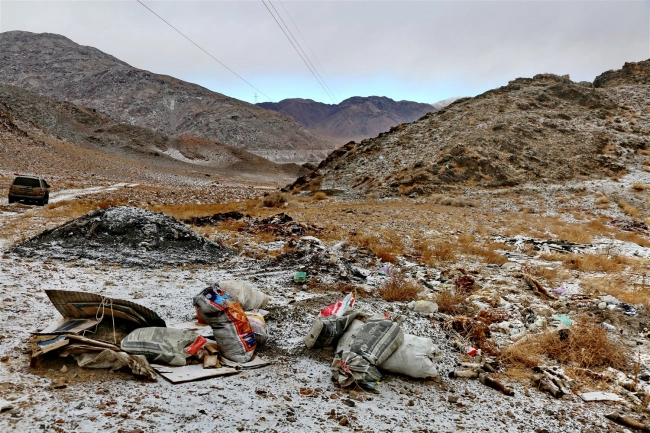
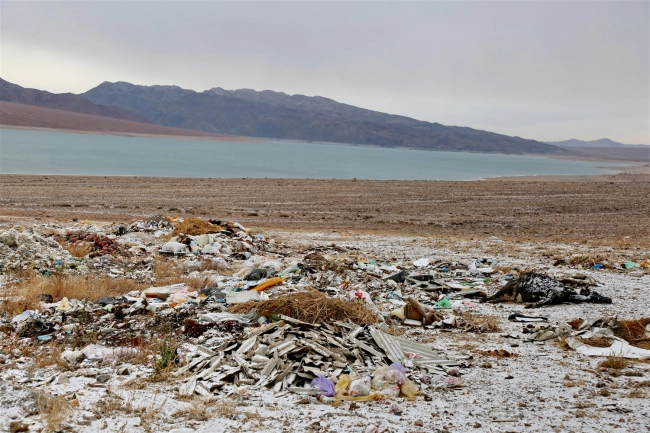
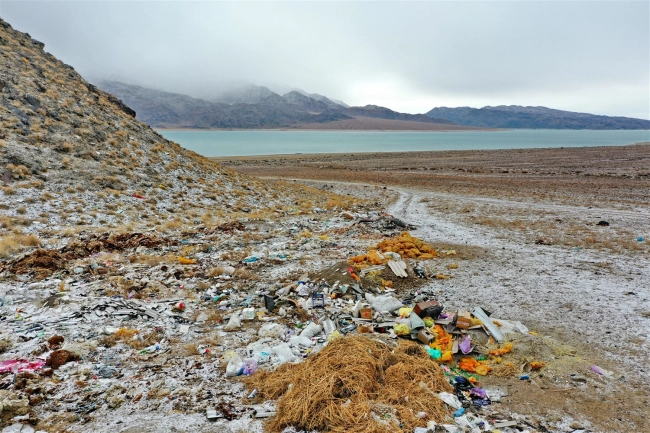

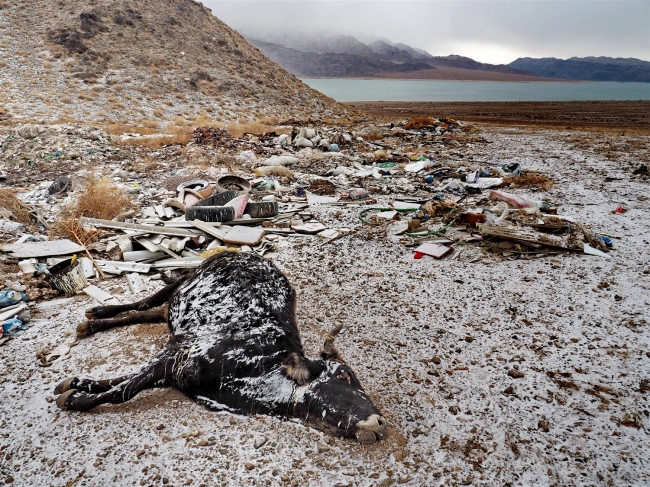


















Attention: Information based on submitted complaints